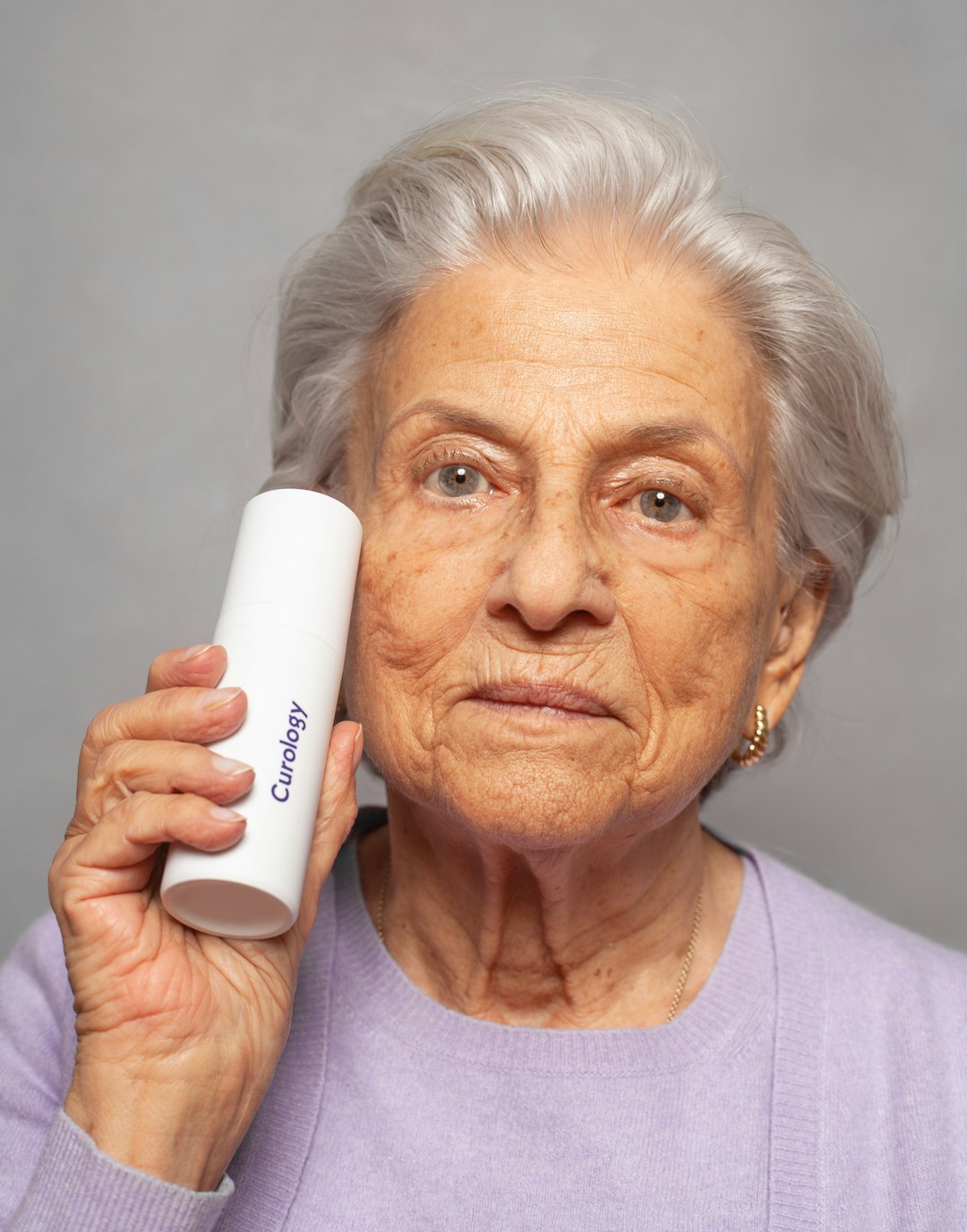- Why Scientists Track Atmospheric Carbon With Giant Towers - October 7, 2025
- The Link Between Melting Ice and Rising Sea Levels Explained - October 6, 2025
- How Ocean Currents Help Regulate Global Climate - October 5, 2025
The Dark Side of UV-Simulation Apps
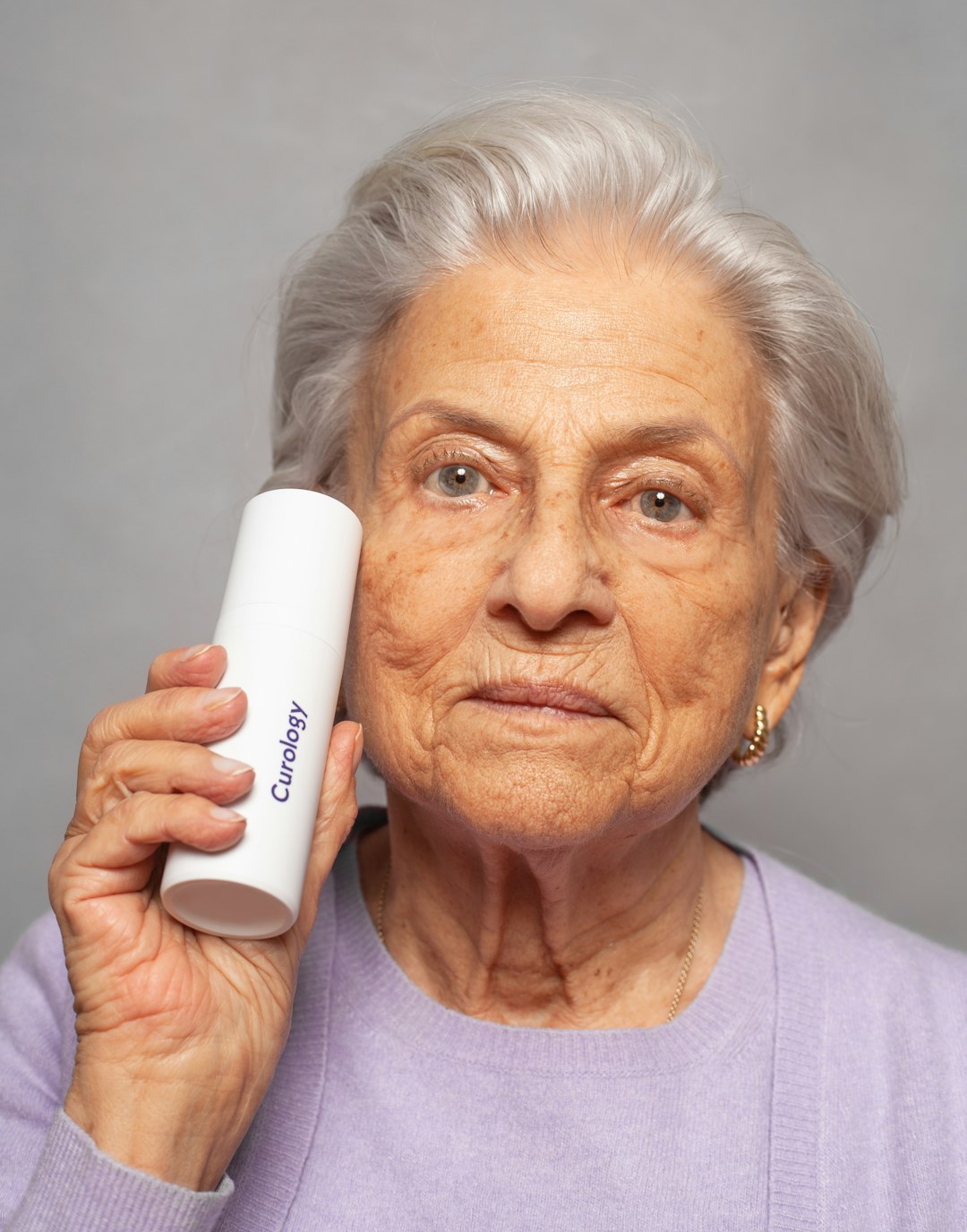
You know that moment when you see a shocking photo of yourself at age sixty with wrinkles, spots, and sun damage that makes you look more like a leather handbag than a human being? That’s exactly what several UV simulation apps promise, but their predictions are wildly inaccurate. I tried one of these apps myself last year and it showed my barely-there sun exposure aging me like I’d spent decades farming in the Sahara without sunscreen. The worst part? One user reported that at age twenty-four, the twenty-year setting made them look older than their ninety-year-old grandmother, while the five-year setting made them look like their fifty-year-old mother. These apps prey on fear instead of providing real protection guidance.
SunSmart Global UV: The Gold Standard That Actually Works
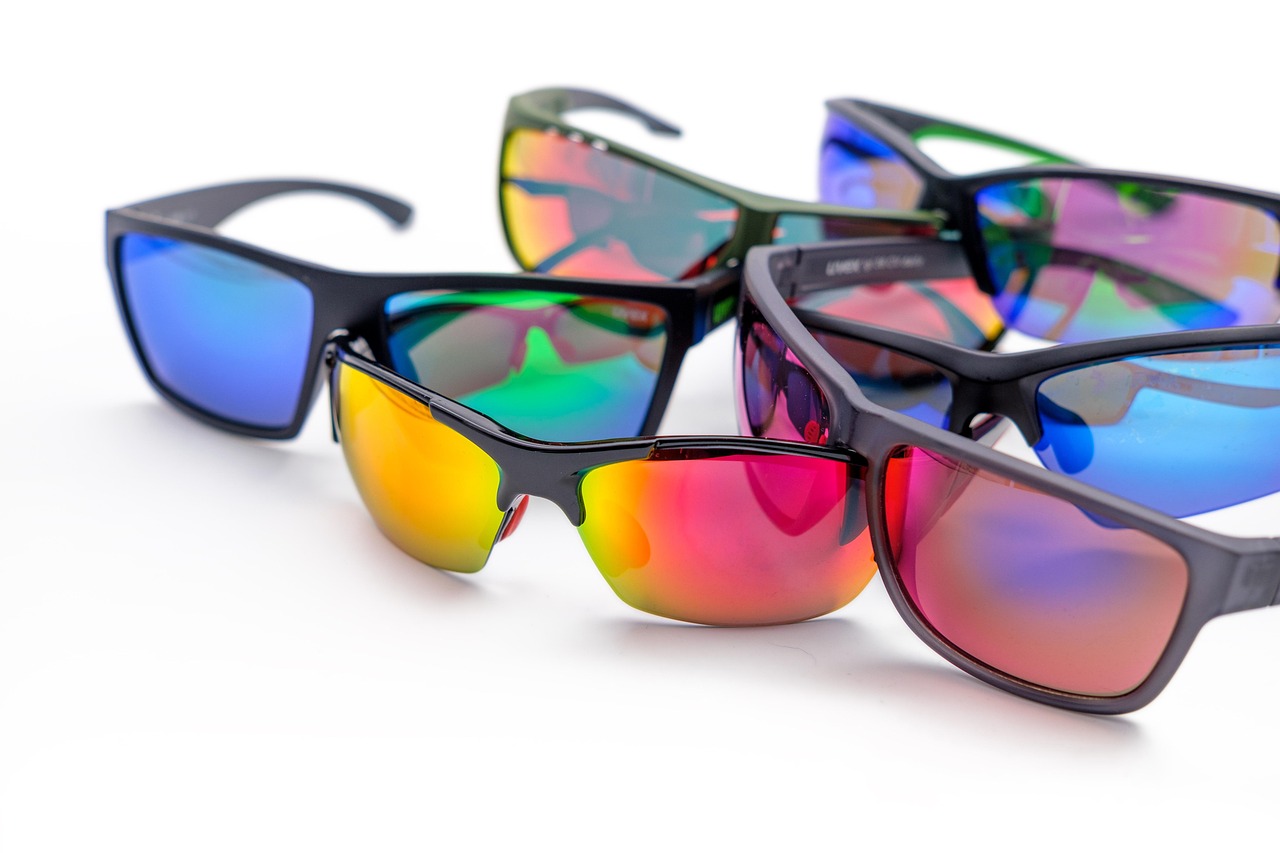
The SunSmart Global UV App launched an updated version in 2024 and is available for free on both Apple App and Google Play stores. What makes this app different from the fear-mongering alternatives? The UV app has the backing of world-leading health and meteorological organizations making it a trusted and reliable source of advice, and unlike other apps, it’s designed to simply inform users when sun protection is required and when it is not. Sun protection times are linked to the UV Index and are advised when the UV is forecast to be 3 and above, which is consistent with WHO UV Index guidance. The app gives you specific time windows when you need to cover up, making it incredibly practical for planning your outfit choices. Users can track UV levels and receive personalized sun protection advice for up to ten locations, perfect for planning trips or checking conditions at work versus home.
The REI Co-op Sahara Shade Hoodie: Your New Best Friend
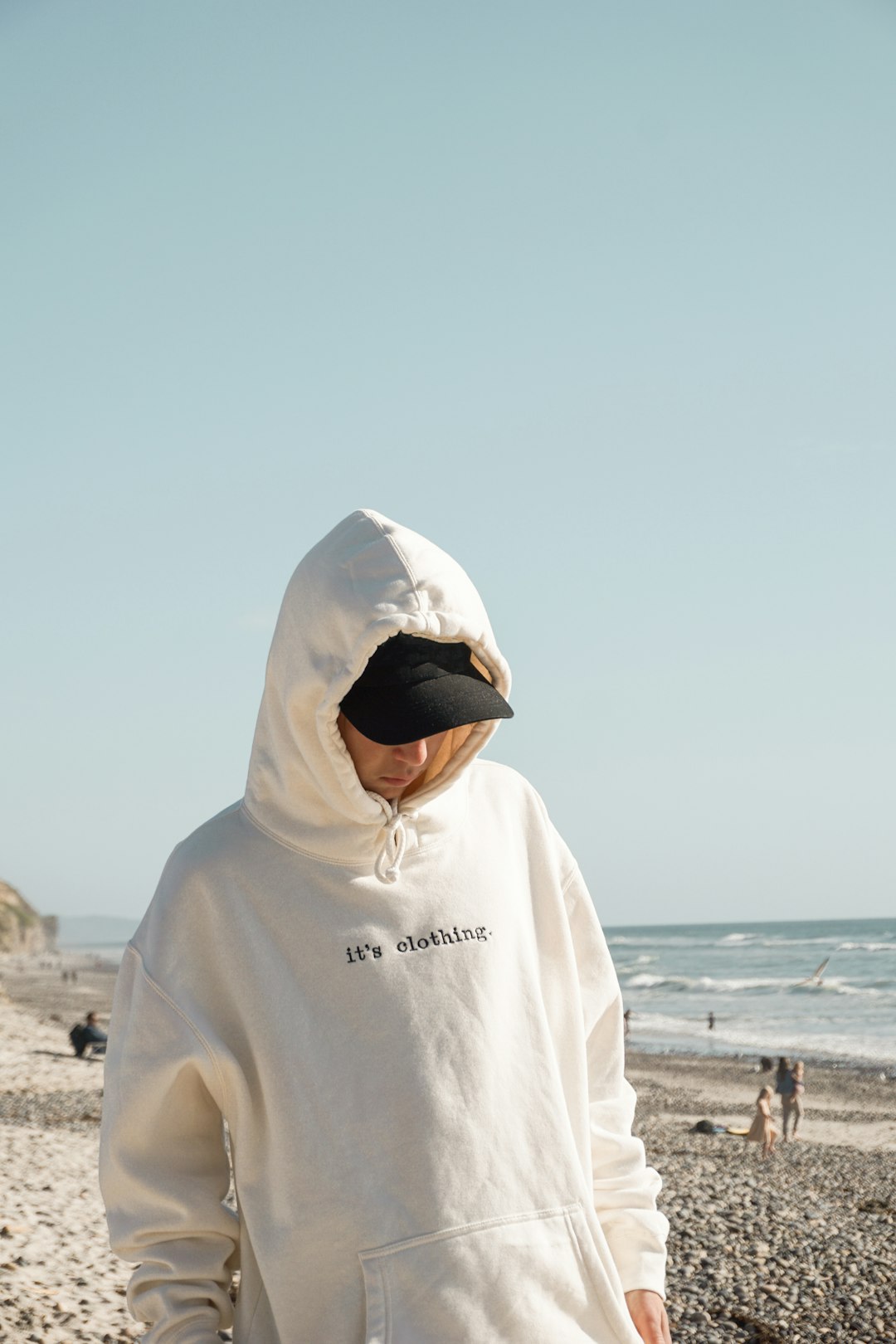
The REI Co-op Sahara Shade Hoodie is the favorite sun shirt among testers because it’s light, thin, very comfortable, and the 50+ UPF fabric is a great match for UV rays. What makes this hoodie special isn’t just its protection level – it’s how wearable it actually is. The REI Co-op Sahara Shade Hoodie won the top award primarily for comfort, with testers remarking that they love the fabric because it’s as soft as their favorite worn-in t-shirt. This isn’t one of those stiff, uncomfortable sun shirts that makes you feel like you’re wearing cardboard. The lightweight fabric means you can throw it on over a tank top for instant protection without feeling like you’re bundled up for winter. I’ve worn mine everywhere from beach walks to outdoor concerts, and people are always surprised when I tell them it’s sun protection clothing.
Baleaf UPF 50 Hoody: Budget-Friendly Protection That Lasts
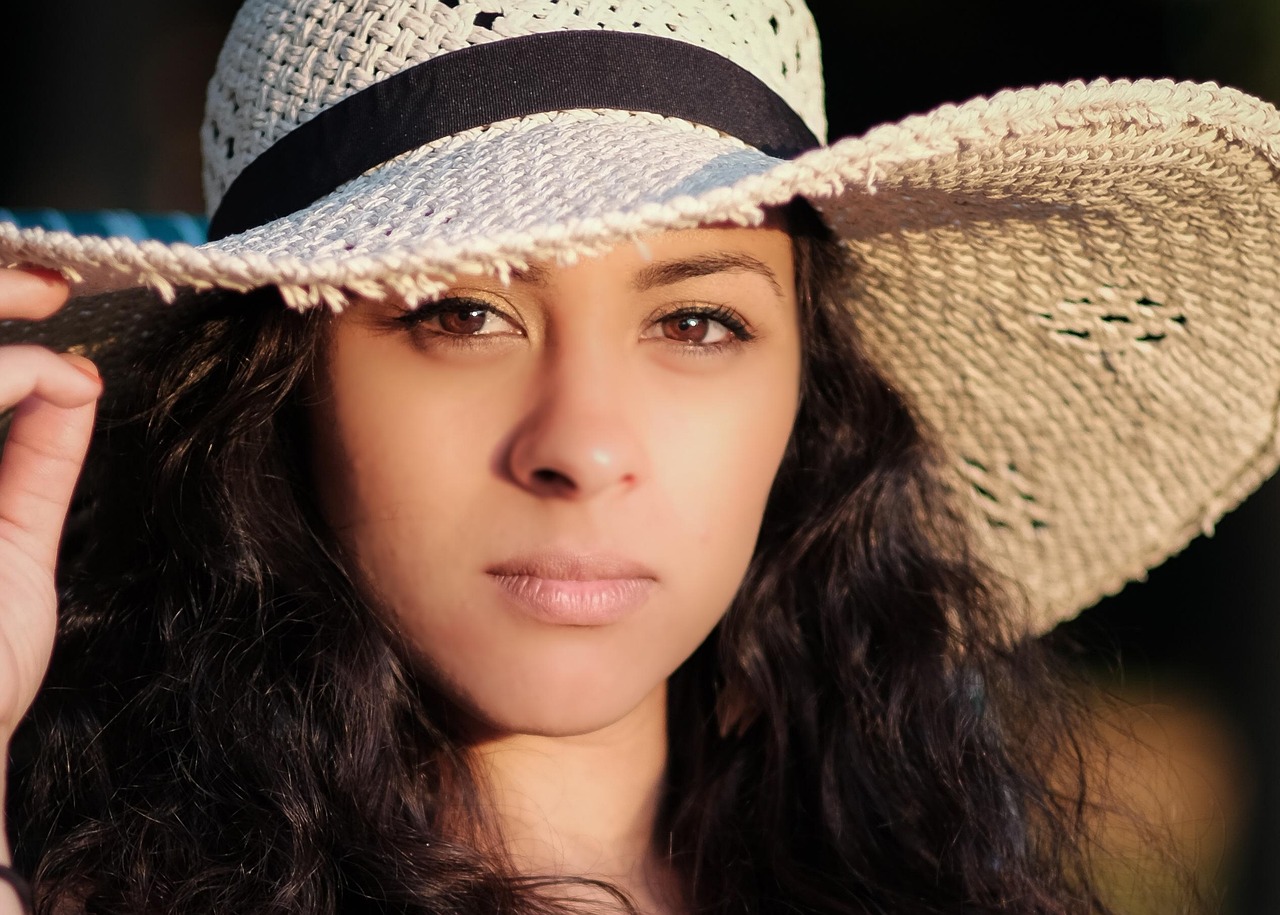
Not everyone wants to spend premium prices for sun protection, and that’s where the Baleaf UPF 50 Hoody shines. The Baleaf UPF 50 Hoody offers excellent coverage and durability at a great price. The Baleaf UPF 50 Hoody is a knockout regarding durability, described as what cockroaches will be wearing after the apocalypse, with durability and sun protection going hand in hand when the material used is thick. This hoodie is built to withstand whatever you throw at it. While it might not have the luxurious feel of higher-end options, it more than makes up for it in longevity. The thicker fabric construction means better UV blocking, and you won’t have to worry about replacing it every season. For outdoor workers or anyone who needs reliable daily protection without breaking the bank, this is your go-to choice.
Helly Hansen Lifa Active Solen Hoodie: From Trail to Table
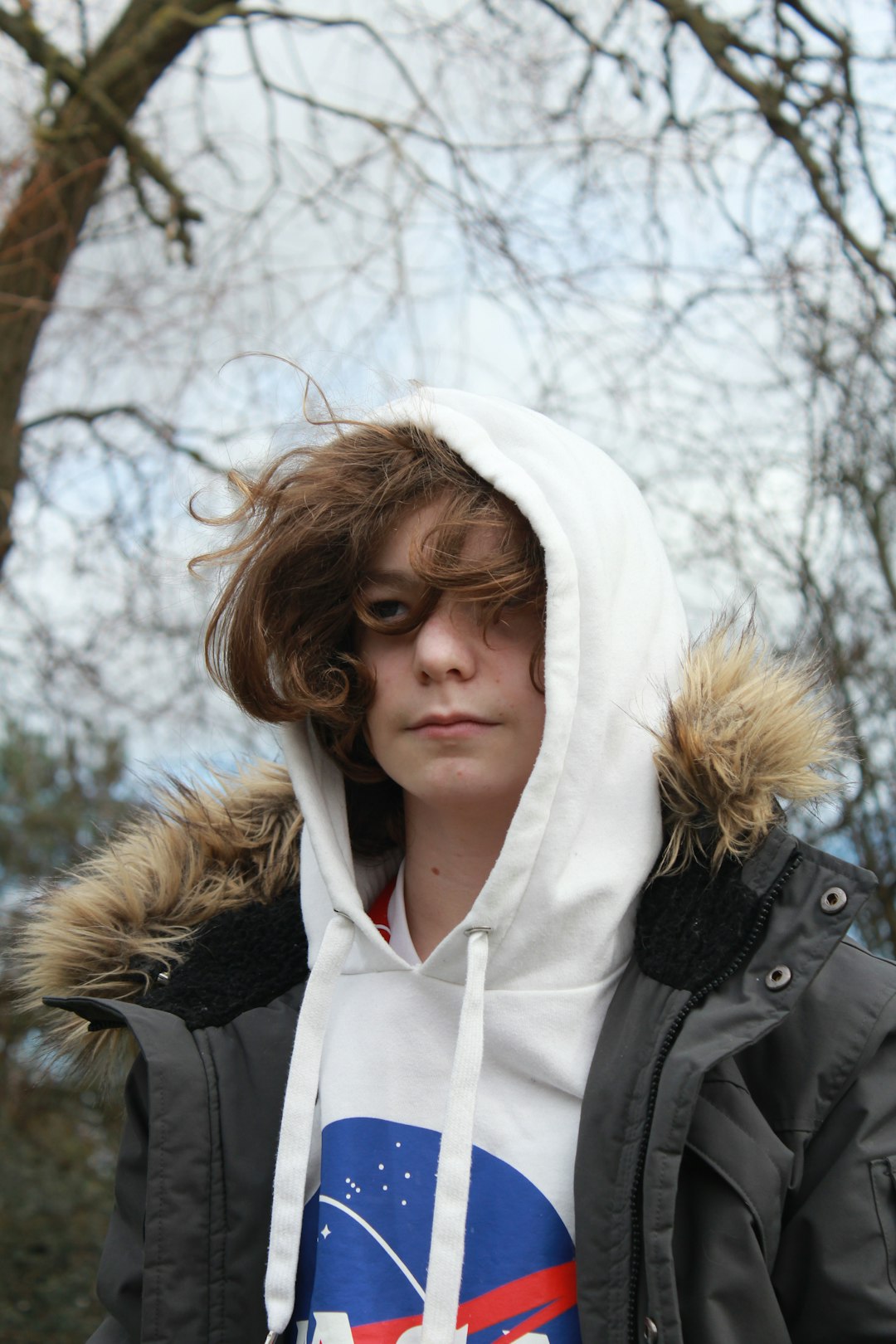
The Helly Hansen Lifa Active Solen Hoodie looks great and features unique anti-odor and cooling technology that helps you go from trail to table without anyone detecting any unpleasant odors. The Helly Hansen Solen Hoodie features a two-layered fabric to promote wicking of sweat and an anti-microbial treatment baked in. This is the hoodie for people who don’t want to sacrifice style for sun protection. The anti-odor technology means you can wear it for a morning hike, grab lunch with friends, and head to an afternoon event without needing to change. The cooling technology is a game-changer during hot summer days when regular sun protection clothing can feel suffocating. It’s perfect for active lifestyles where you need versatile pieces that transition seamlessly from workout to social settings.
Athleta Pacifica Illume UPF Jacket: Beach Day Champion
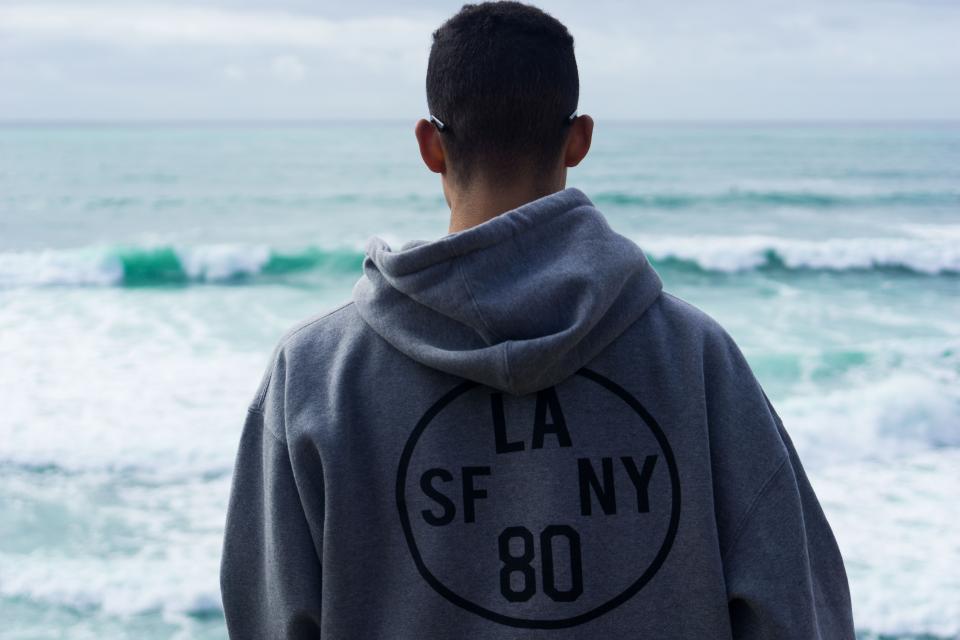
The Athleta Pacifica Illume UPF Jacket proved ideal for cloudy beach days, keeping the wearer warm against wind chill while the light fabric prevented overheating, featuring thumbholes on sleeves and a hood for coziness, plus it’s a zip-up jacket perfect as a cover-up with a UPF 40+ rating. This jacket tackles one of the biggest sun protection mistakes people make: assuming cloudy days are safe. The worst sunburns often happen when it’s overcast because UV rays sneak through clouds while you feel cool and comfortable. The zip-up design makes it incredibly versatile – you can adjust your coverage level throughout the day as conditions change. The thumbholes are a brilliant detail that keeps your sleeves in place during activity, ensuring consistent coverage on your wrists and hands.
Smart Fabric Choices That Actually Work
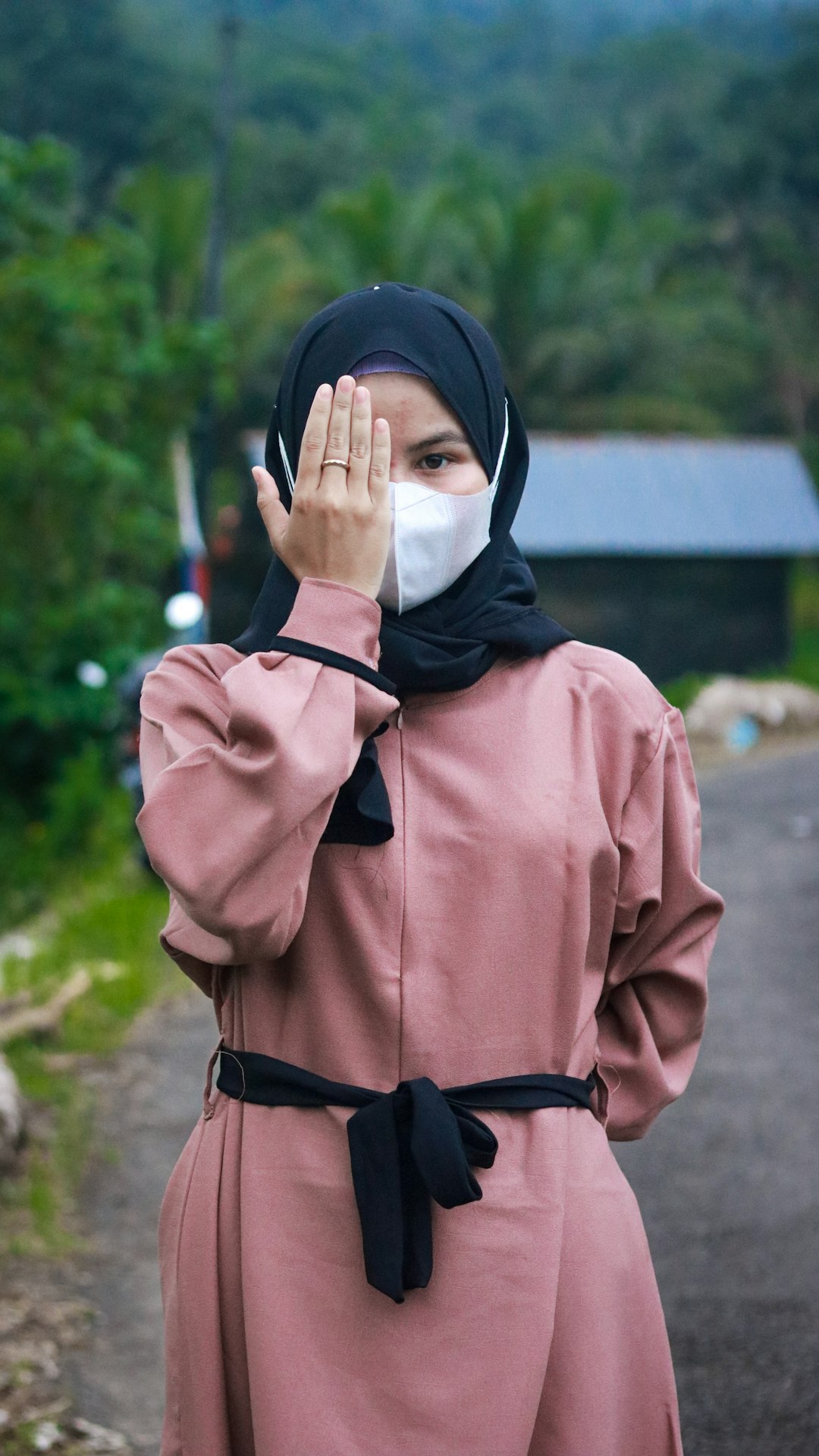
Not all UV-protective clothing is created equal, and understanding fabric science helps you make better choices. Garments made with synthetic fibers such as polyester or nylon are more likely to reflect UV rays, while untreated natural fibers like cotton absorb UV rays. Unbleached cotton contains natural lignins that act as UV absorbers, shiny polyesters and lightweight satiny silks can be highly protective because they reflect radiation, and high-tech fabrics treated with chemical UV absorbers or dyes prevent some penetration from UV rays. Darker, vivid-colored clothing offers more protection compared to light or white clothing because darker colors absorb more UV rays – for example, a white t-shirt has a 5 UPF allowing approximately 20% of UV rays to pass through, whereas a dark-colored shirt has a much higher UPF. Think of choosing UV clothing like picking sunglasses – you want the darkest, most tightly woven option that still fits your style and comfort needs.

